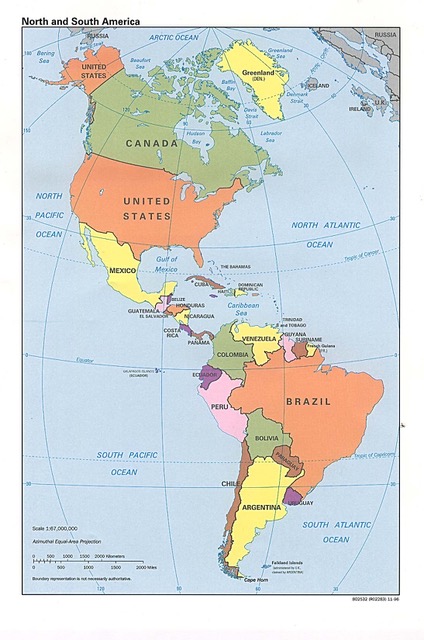Day 3
February 18, 2014
A Estancia Cristina for our second day! The landscape is beautiful here. Only those who come to the ranch will see this glacier, as there is no other access.
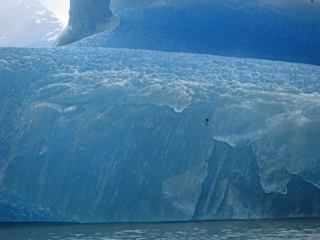 The excursion this morning begins at the relatively reasonable hour of 9 am after a lovely breakfast. Three 4 x 4 pick up trucks are filled with 10 passengers: 5 each in the back, 5 in the front. This is our group for the day. Some will make it a round trip in the vehicle. Others can take the downhill walk back through the Fossil Canyon to the estancia – about 4 hours round trip.
The excursion this morning begins at the relatively reasonable hour of 9 am after a lovely breakfast. Three 4 x 4 pick up trucks are filled with 10 passengers: 5 each in the back, 5 in the front. This is our group for the day. Some will make it a round trip in the vehicle. Others can take the downhill walk back through the Fossil Canyon to the estancia – about 4 hours round trip.
We bounce along a very steep and rocky dirt road for almost an hour, clutching the roll bar that runs the length of the truck bed. As the last guy near the back window, I share the view with one of the guides, Pill is her name. It is so noisy, I can’t hear what she is saying. Miguel, our guide from yesterday, is also with us in the other van. These two are extremely knowledgeable guides. Miguel will give us a perspective on the life of a glacier that is the best I have heard on the whole trip.
We reach a metal quanset hut brought up here 50 years ago – somehow – to provide a way to watch and study the glacier that was then this far down the valley.Now it is back on the other side of a lake. All the bare, scraped rocks here are brand new to the air – in geologic time! Inside the hut, we are out of the wind and can hear each other. Miguel explains the layering of snow, the movement of the ice, the balance of this environment. Some glaciers are receding, some moving forward and some are in stasis (Perito Moreno). While more are receding now, not necessarily all of them are; there are various signs of global warming, but some glaciers are healthy ones!
It is another 50 yards to the top – a breathtaking magical majestic expanse of rock and ice across the valley. Wow! The glacier looks like it hangs off the mountain.
Why are there glaciers here? Because It snows on these eastern slopes 300 days a year. The snow packs down into ice. The winds from the Pacific ocean blow over the peaks and keep it moist and cold all year. The snow mounts up to 1000 millimeters which is so heavy that it packs down into ice. Ice is clear with no color. The white is crystals, like snow, where air is still embedded; blue ice is when the air has been compressed, the molecules are dense and turning into water.
The wind is so strong here we can’t stay long, but we can stand up. Sometimes, they say, we would not be able to be on this outlook at all.
 The Belgians are having a blast. Paul is recruited to be their photographer for the group picture. It’s pretty fun.”Click, click”
The Belgians are having a blast. Paul is recruited to be their photographer for the group picture. It’s pretty fun.”Click, click”
 Joan borrows Paul’s raincoat to keep her warm, as he will be heading down in the 4 x 4 for a welcome afternoon of rest. Joan will hike in her latest new style of windproof walk wear. She is wrapped up with dark glasses, a tube scarf, several layers of fleece and down, and now a black raincoat! “Click”.
Joan borrows Paul’s raincoat to keep her warm, as he will be heading down in the 4 x 4 for a welcome afternoon of rest. Joan will hike in her latest new style of windproof walk wear. She is wrapped up with dark glasses, a tube scarf, several layers of fleece and down, and now a black raincoat! “Click”.
Our walk back through the morraine weaves us through patterns of rock scraped and polished and brushed as recently as in the last 100 years by ice. The fossil canyon contains, spiral shells and fish like forms from a distant age when when this area was covered by the ocean. Fossils of large shells and thin fish spines are left in clear relief. The glaciers came later to smooth off the surface of the rocks revealing these remnants of life along the ocean floor.
Sunbursts of living orange lichen explode on the rock surfaces. The dormant ones turn black, but they could regrow again as lichen.
In the lower elevations, we are in the lenge trees. Some have “false mistletoe” growing in them that is a mass of yellow, green and red spores. It can kill a part of the tree. Then there are the dead branches that sprout out of the green leafy parts of the tree trunk. This is where the trees are so old (+200 years) that select branches start to go dry and die while the rest of the tree continues to flourish. Looks like a blight, but it how they are.
As we make the 4 hour hike back downhill to the estancia, we chat with new friends who I will not see again, including the Belgian folks along the way. Fun folks who take trips together each year. The cheerful, chatty human energy is in contrast to the solitude of this place. The colors, the variety of rock, the patterns are completely unusual.
After a few WOW’s, we have to make up a new expression…for now it is BAM – beautifull, amazing, majestic!
On the last stretch of our hike, we follow loosely formed pathways formed by roaming cattle to a lake to enjoy our box lunch and salad. The soft ground cover is very prickly making us jump to our feet and move to the softer gravel beach. Plenty of time here to get a good nap after lunch. Siestas in Argentina are the best!
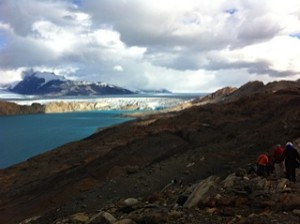
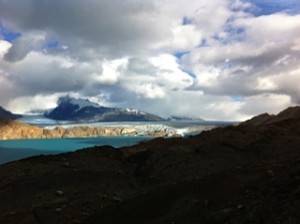
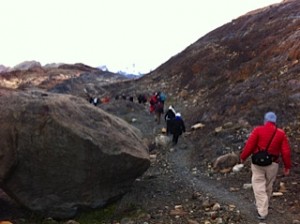
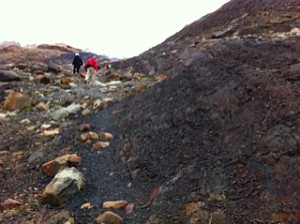
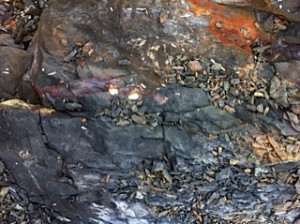

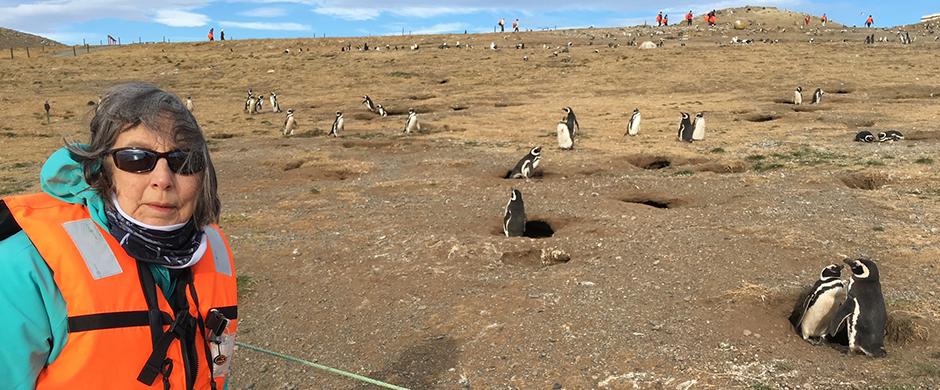

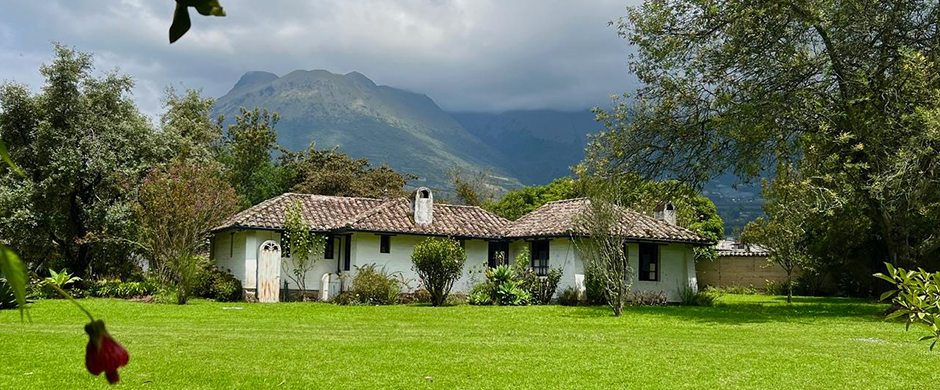
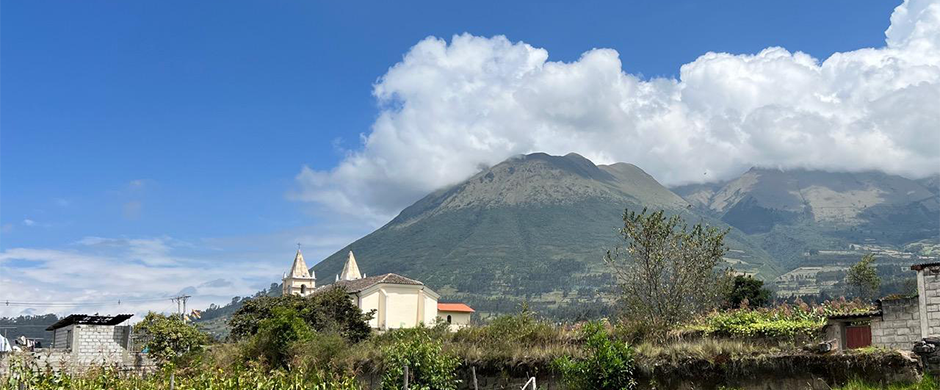
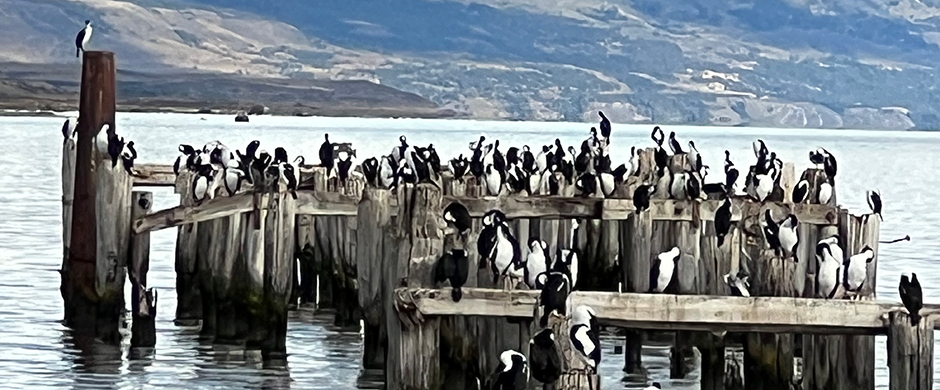
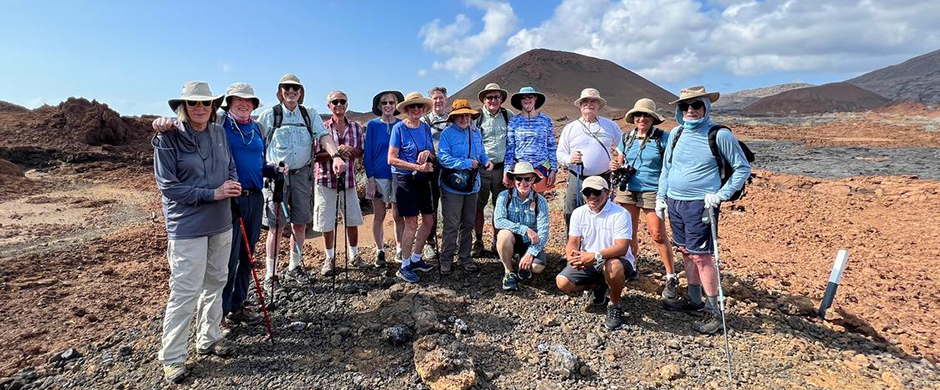
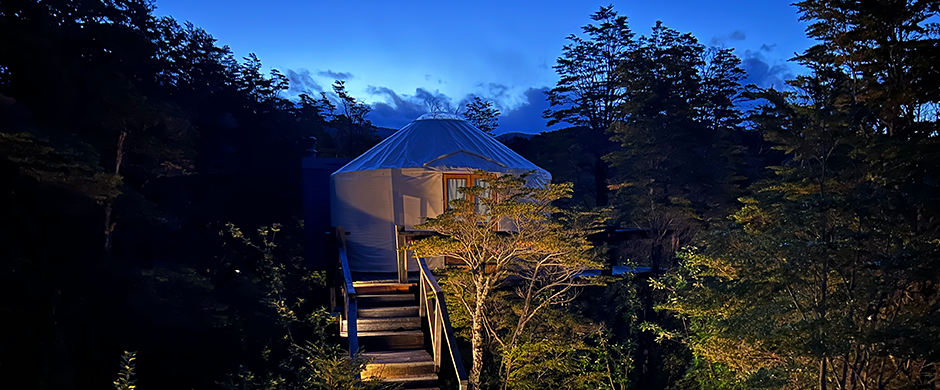
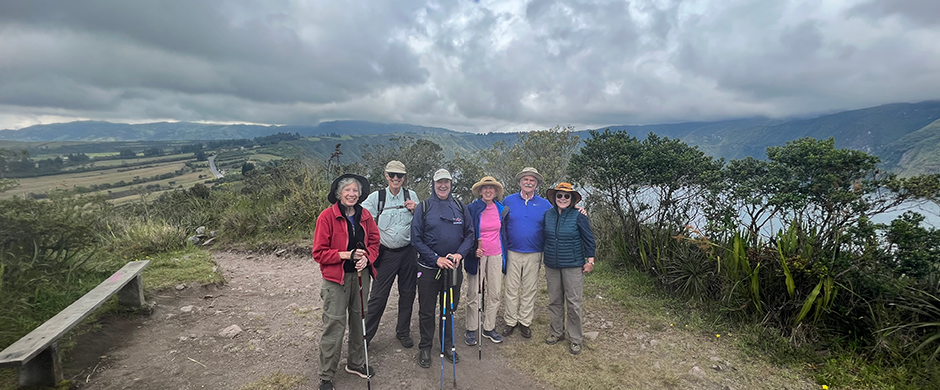
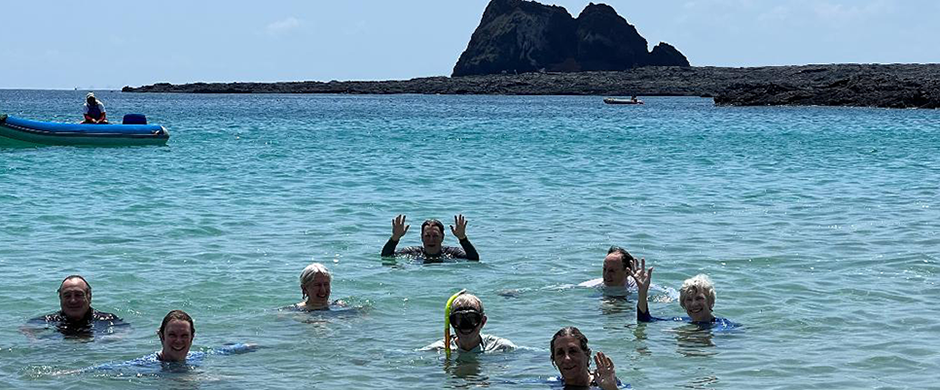
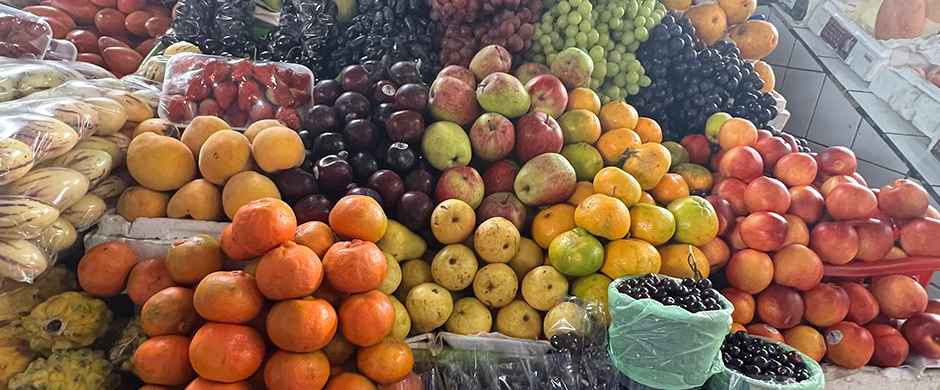
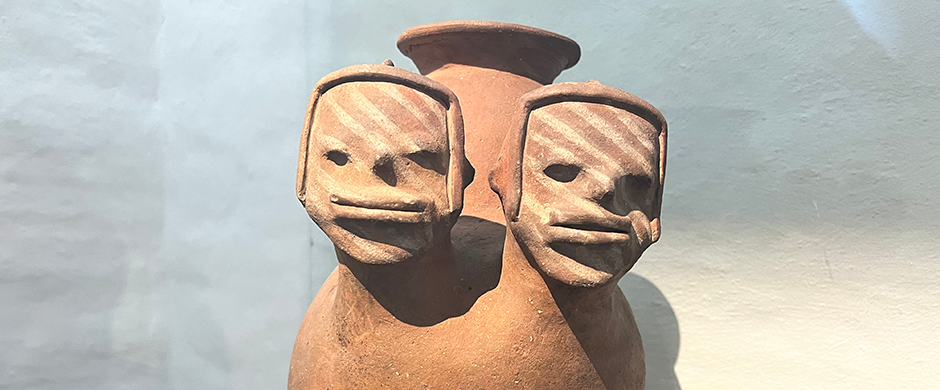
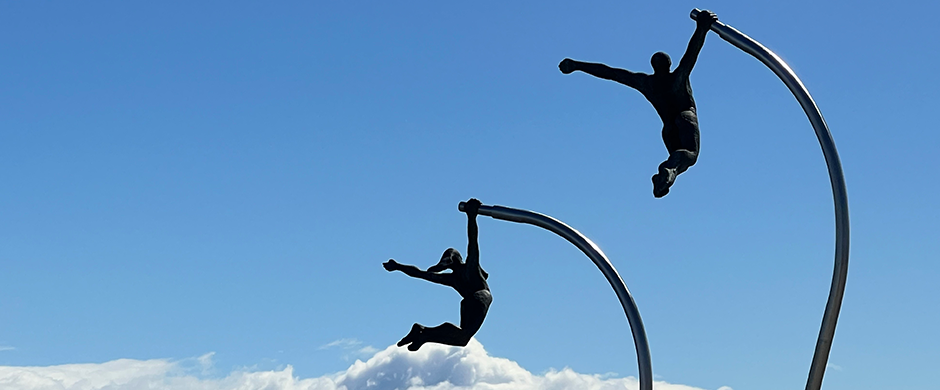
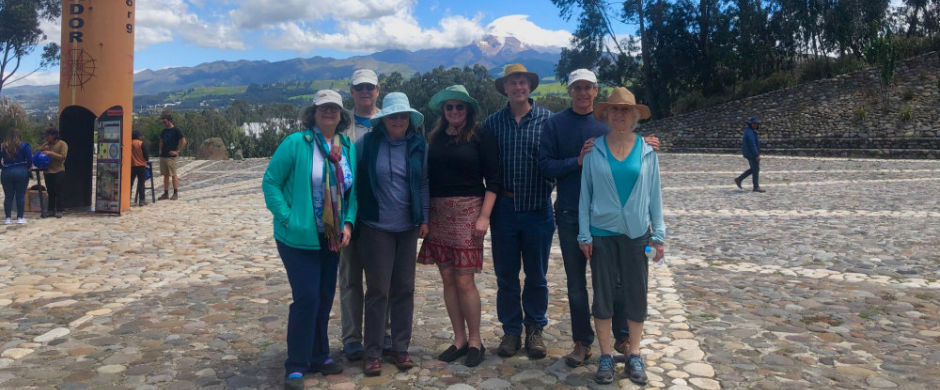
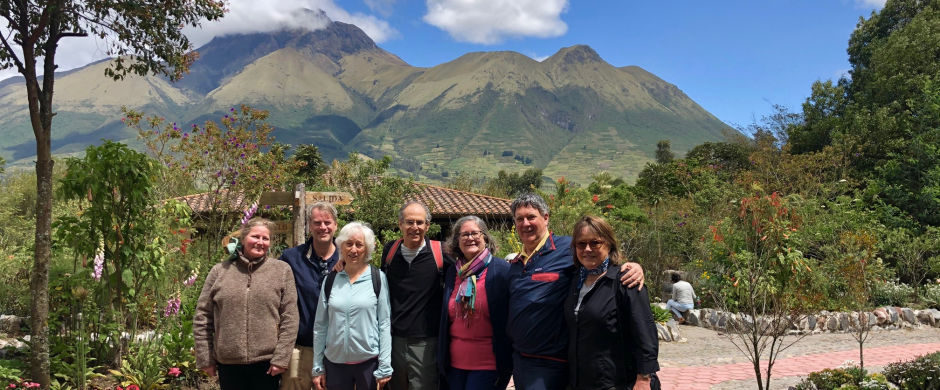
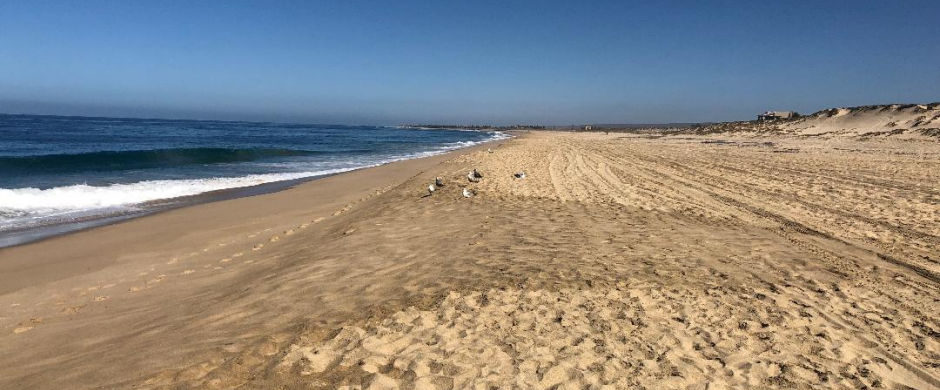
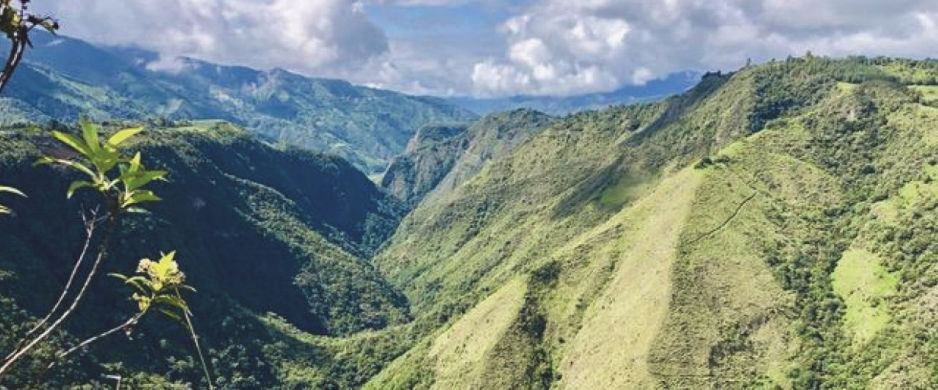
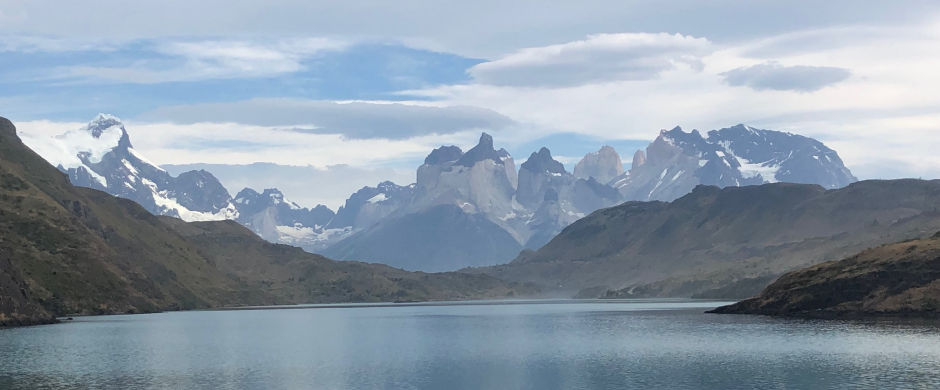
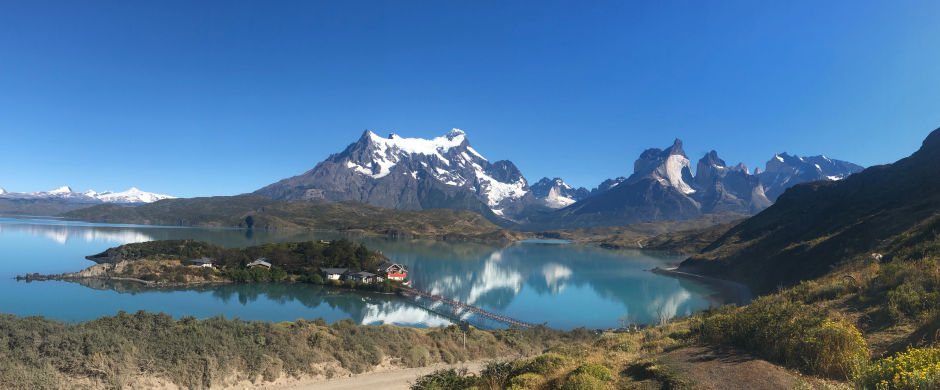
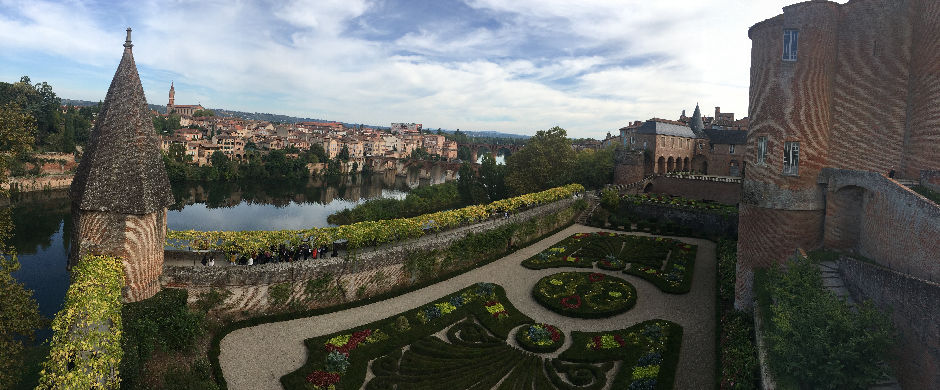
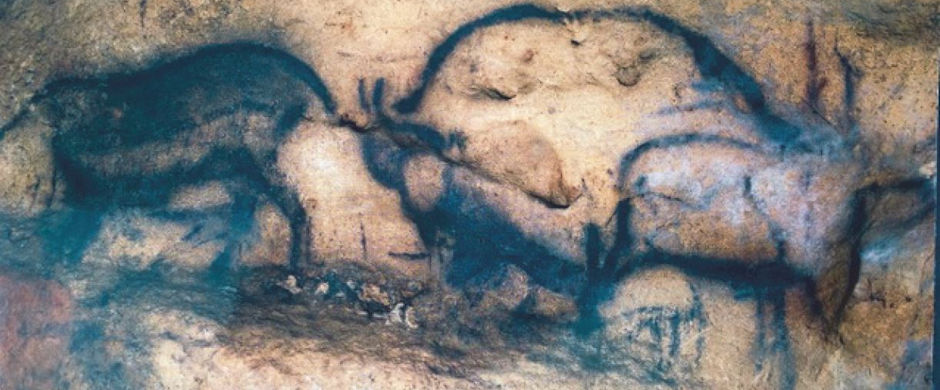



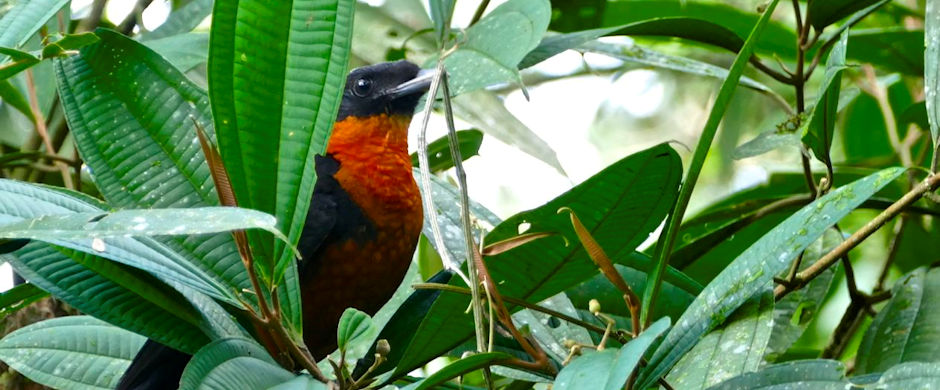

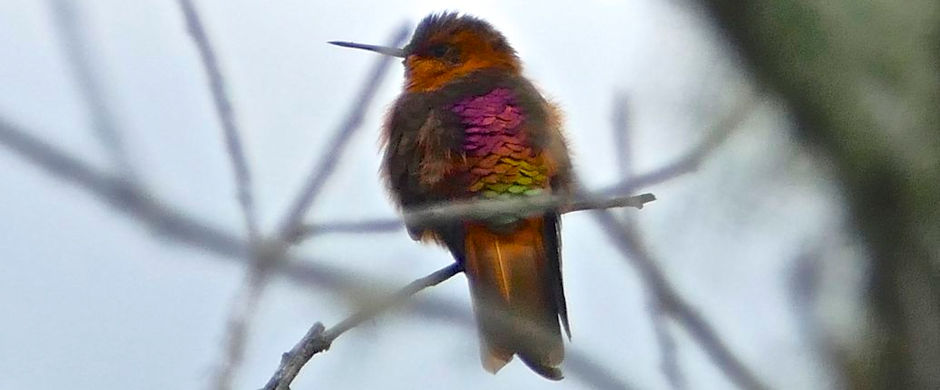
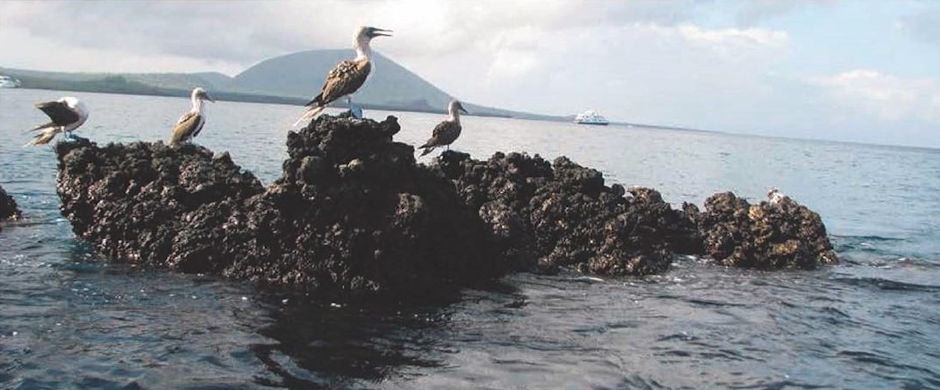

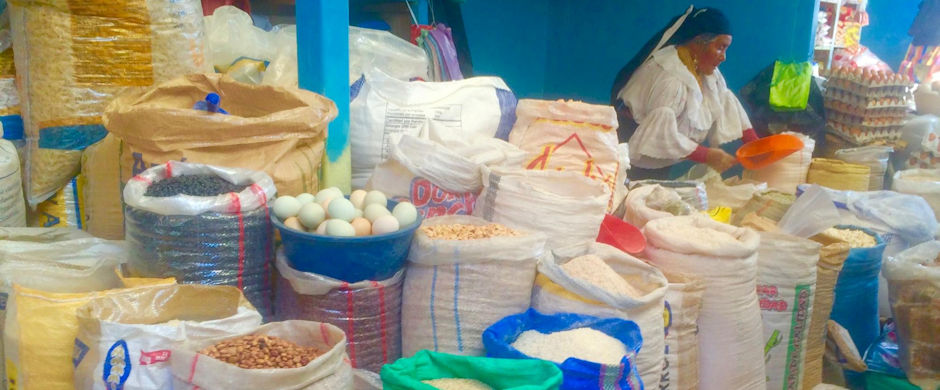

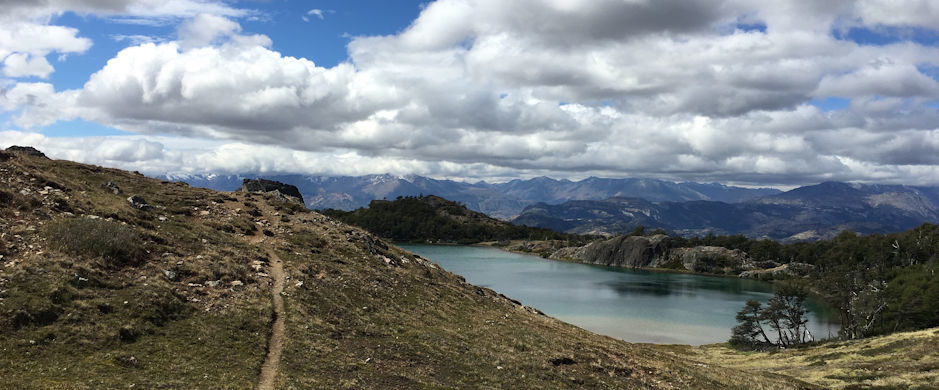
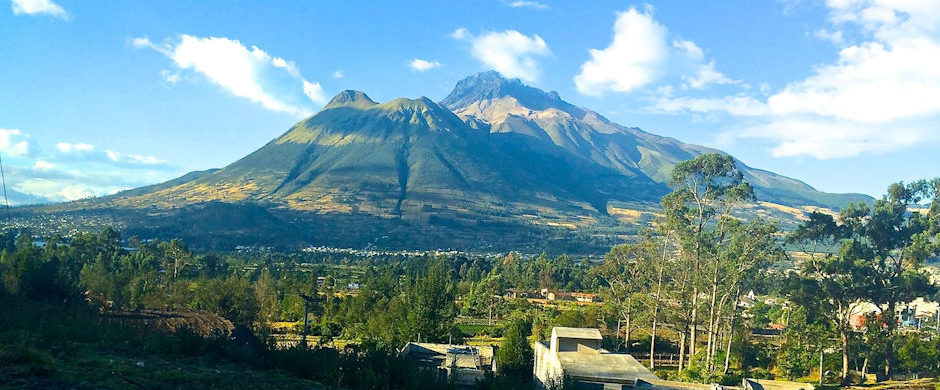
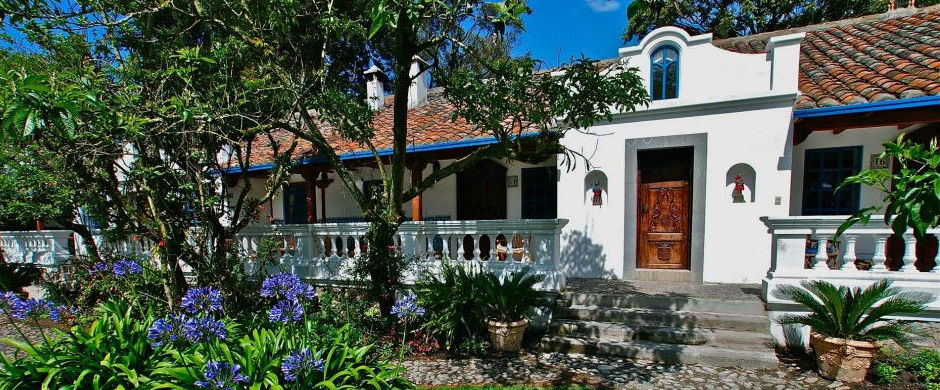
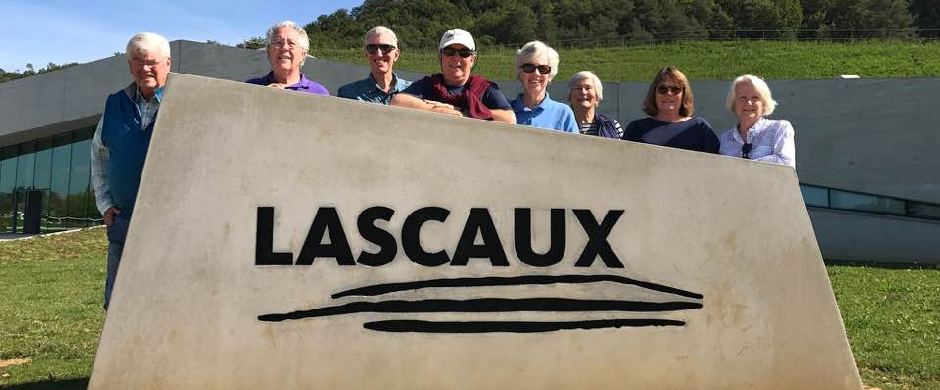
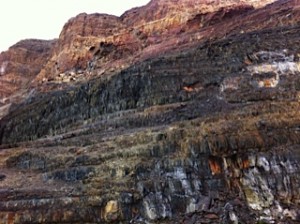

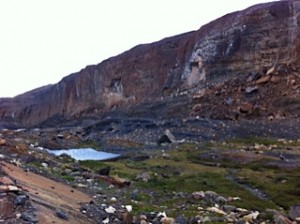
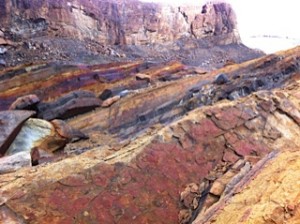
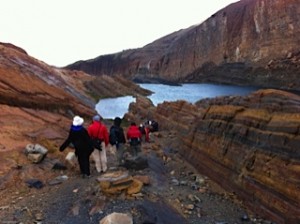
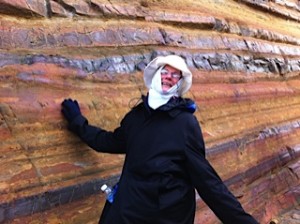
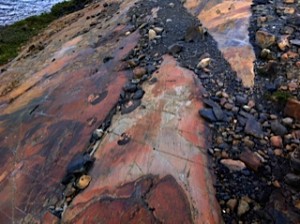
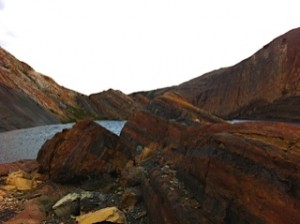
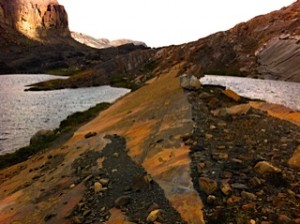
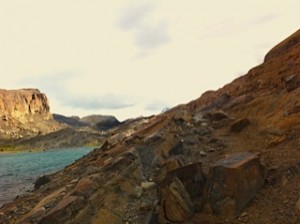
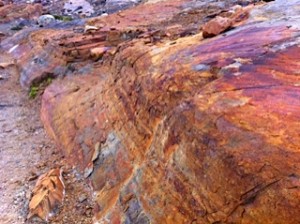
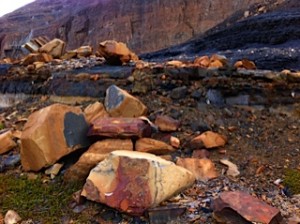
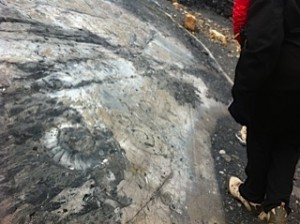
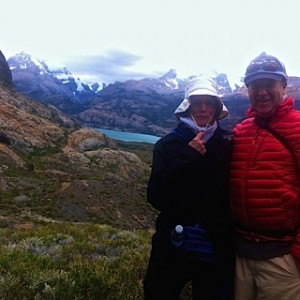
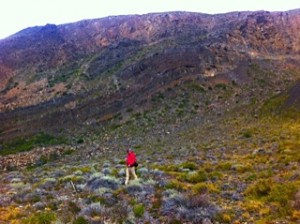
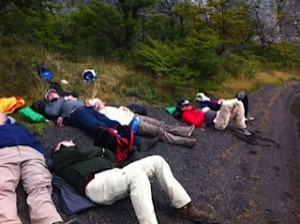
 Follow us
Follow us 